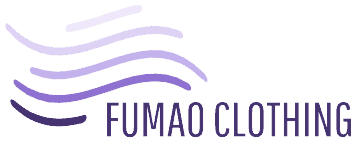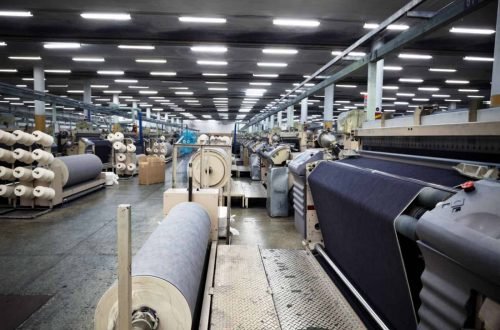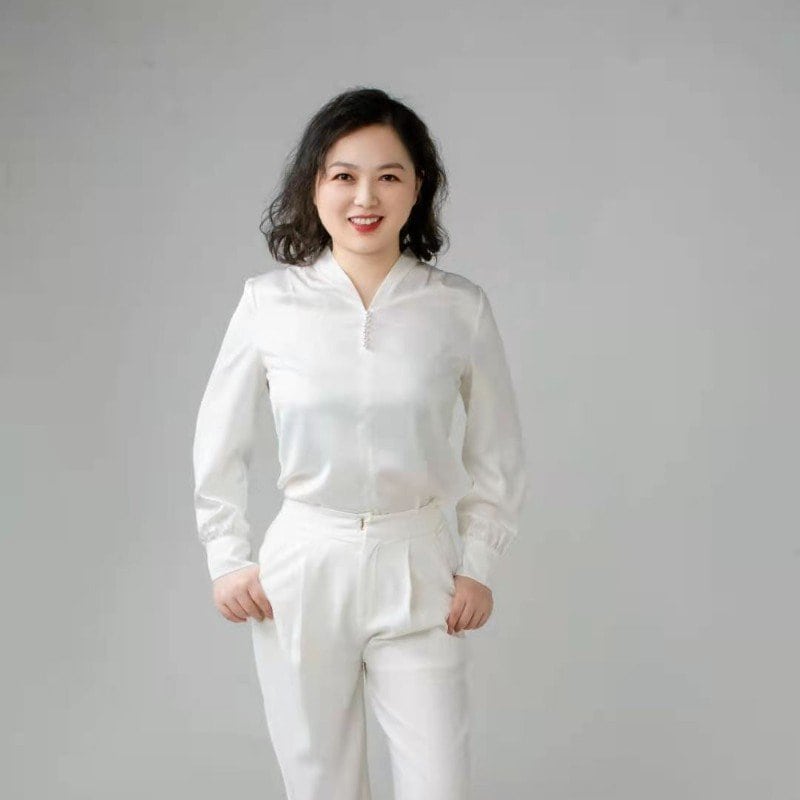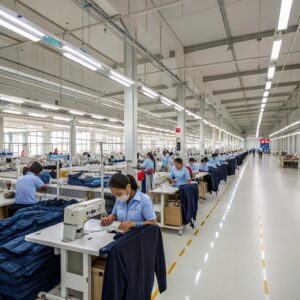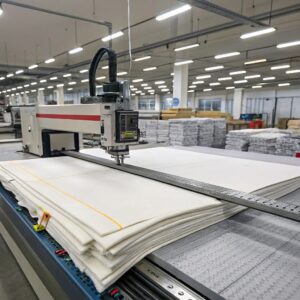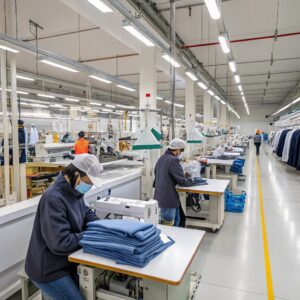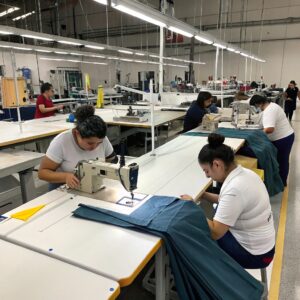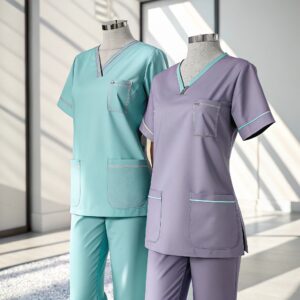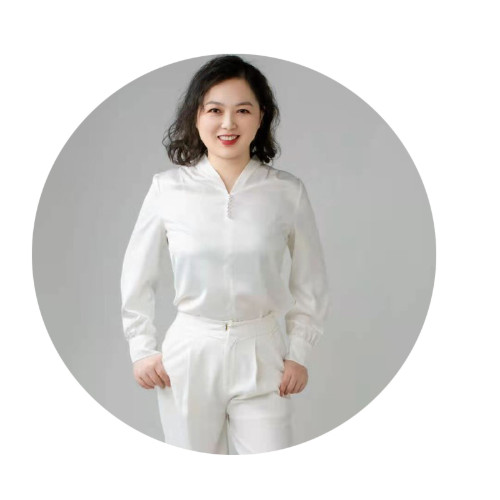After 40 years of development, from 1978 to 2018, China became the world’s largest producer, consumer, and exporter of clothing and textiles. Since the reform and opening up 40 years ago, the manufacturing capacity of China’s textile industry has improved by leaps and bounds. The garment industry’s operations have improved day by day. There was an awakening of the spirit of enterprises in the garment industry. These companies have integrated into the tide of globalization in a multifaceted way. Through the years of vigorous development of the garment and textile sectors, the Keqiao region of China has burgeoned into the world’s largest textile fabric market, earning the title “China Textile City.”
First, a brief discussion about fabrics:
In producing textiles, there are several types of standard textile fibers. Cotton, hemp, wool, and silk are commonly used in natural fiber textile threads. Animal and plant fibers classify as natural fibers. Synthetic fibers come from petroleum products. There is another category of semi-synthetic fibers made from natural polymers such as wood. In producing fabrics, there are usually three ways of weaving: woven, knitted, and non-woven.
The weaving industry is especially thriving in the Jiangsu region of China, making it another key location for the garment industry in the country. Non-woven fabrics are a category of fabric requiring no spinning and weaving. Instead, the fibers are bonded together. It is just a directional or random arrangement of textile staple fibers to assemble a fiber network structure. It is then strengthened by mechanical, thermal bonding, or chemical methods. Most of the fabrics used in our garment industry are knitted and woven. Knitting is shaped by wind, and tatting is woven with warp and weft. Of course, the technologies applied in these processes have also developed as the garment industry grew throughout the years.
The production process of our garment fabric is generally spinning, forming, weaving, and dyeing. In preparation for dyeing, there is a critical part called Pretreatment. The process mainly involves removing impurities in the fiber, including the oils and pulp added during the textile process. It results in a white appearance, a soft feel, and good permeability. Reactive dyes, disperse acid cation and disperse dyes are common types utilized in the garment industry. The three factors that affect color are color depth, brightness, and color light bias.
Next, let's talk about the Keqiao fabric market:
Situated on the New Silk Road, the district of Keqiao in Shaoxing City hosts the biggest number of garment industry companies in China. Keqiao Market comprises several parts: North Market, Tianhui Square, East Market, United Market, Old Market, Dongsheng Road Market, and Boutique Market. East Market has the most expensive rental spaces, so it has the stronger and more prominent businesses in Keqiao Market. In the North Market, it is relatively cheap. It is divided into 1-7 areas, and the products are more diverse. You can find things like color ding, chiffon, lace, and mesh cloth here. Dongsheng Road Market mainly deals with knitting; that’s why it’s also called Knitting Market. Although Boutique Market is named as such, in fact, it only does fabric printing. Most merchants on the main streets have the means and capability to develop new products and samples.
Finally, we examine the relationship between garment industry development and the fabric industry:
Do you think that amidst the general decline in clothing sales this year, is it impossible for the major brands in the garment industry to increase sales?
Confronted by declining sales, many clothing companies have cut costs and lowered quality standards.
So, how should clothing companies choose the appropriate fabric suppliers to suit their needs?
Like in other sectors, the confidentiality of positioning, clothing style, and age targets is crucial in the garment industry. At the Keqiao fabric market, information is too open, so new fabrics are very easy to copy. So, some big brands will collect their new materials discreetly and out of plain view because the chance of information leaking out is high. Concerning trends in the garment industry, fabrics shown on Fashion Week’s runways are already on display the next day in every fabric market. It may not appear that fast, but factories are already quickly churning out imitations.
In such a market environment in the garment industry, although we serve big customers, we also protect customer resources. Despite the focus on chasing sales and money, it is crucial to adhere to principles and protect customers. It is fundamentally why our customers choose to cooperate with us. With this trust and confidence, we play our role in strengthening further the garment industry.
